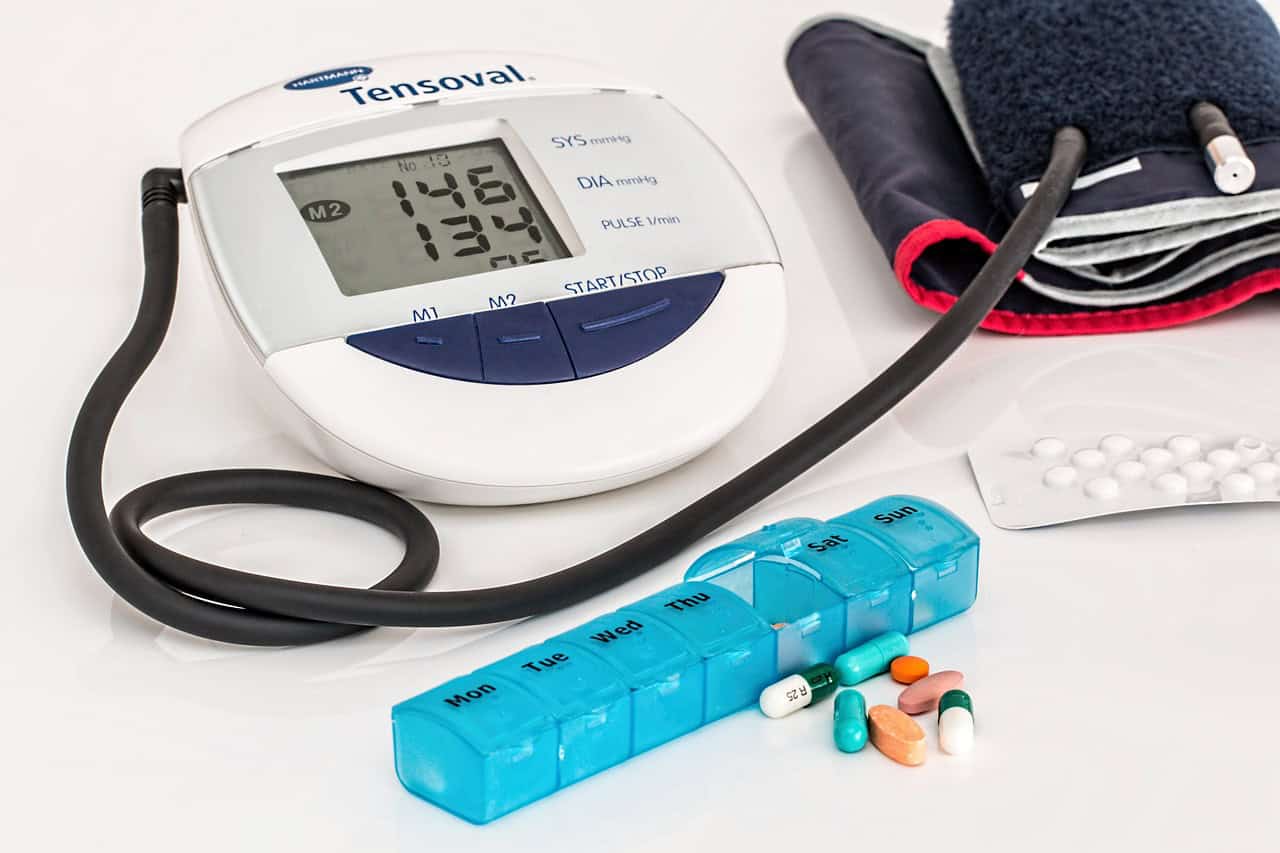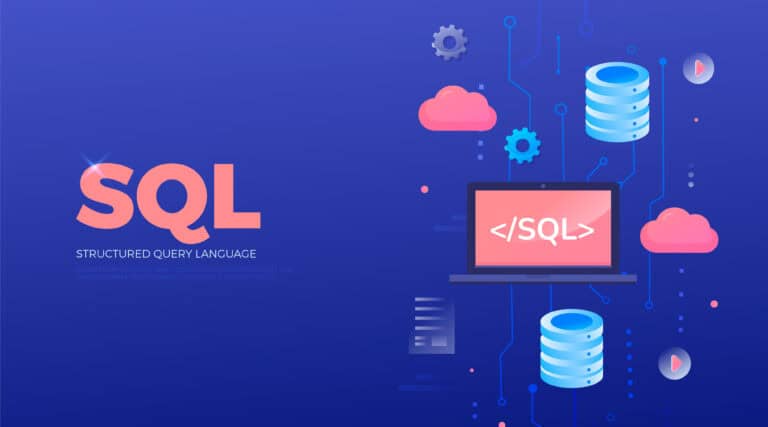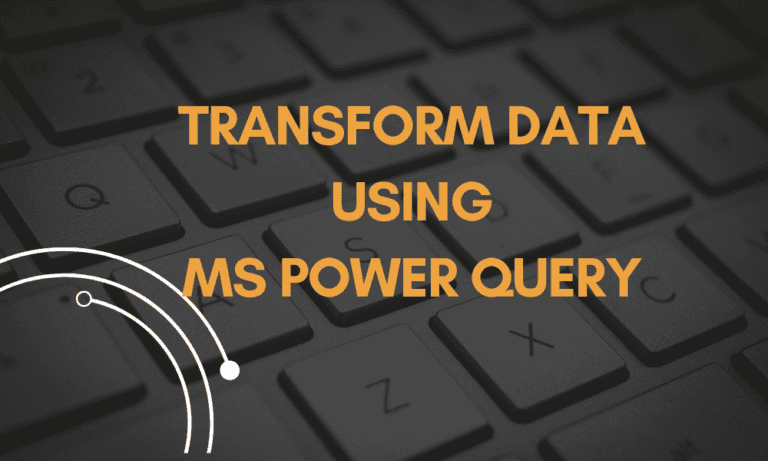How to clean a healthcare data using Python
Introduction
Data cleaning is a crucial step in the data analysis process, especially when dealing with real-world datasets, which are often incomplete, inconsistent, and filled with errors.
In this tutorial, we’ll walk through the process of cleaning-up a ‘messy’ healthcare dataset using Python.
This guide will be helpful for data analysts, data scientists, or anyone working with datasets that need some tidying up before analysis.
Understanding the healthcare data
The dataset we’re working with contains healthcare information such as age, blood pressure, cholesterol levels, visit dates, and more.
However, this dataset is “messy” — it has various issues such as inconsistent data formats, missing values, and incorrect data entries that need to be addressed before any meaningful analysis can be performed.
Some of the specific issues in this dataset include:
- Leading and trailing spaces in string columns.
- Non-numeric values in numeric columns (e.g., ‘forty’ instead of 40 in the Age column).
- Incorrect or missing entries in columns like Blood Pressure, Cholesterol, and Visit Date.
The dataset can be downloaded using this GitHub link.
Step-by-step data cleaning process
Let’s dive into the steps to clean this dataset. Below, we break down each step with corresponding Python code to transform the dataset into a clean and analysis-ready format.
Step 1: Load the dataset
First, we need to load the dataset using Pandas:
import pandas as pd
# Load the messy data
df_healthcare_messy = pd.read_csv('path_to/healthcare_messy_data.csv')NB: Please replace the “path_to” with the actual location of the stored messy data on your device.
Step 2: Strip leading and trailing spaces
This dataset may likely contain unnecessary spaces in string columns, which can cause problems during analysis. We remove these spaces using the following code:
# Strip leading and trailing spaces from string columns
for column in df_healthcare_messy.select_dtypes(include=['object']).columns:
df_healthcare_messy[column] = df_healthcare_messy[column].str.strip()Step 3: Correct non-numeric values
Some columns, like Age, contain non-numeric values that should be converted:
# Correct the Age column
df_healthcare_messy['Age'] = df_healthcare_messy['Age'].replace('forty', 40) # Replace 'forty' with 40
df_healthcare_messy['Age'] = pd.to_numeric(df_healthcare_messy['Age'], errors='coerce') # Convert to numeric, coercing errors to NaN
# Fill NaN values in the Age column before converting to int
df_healthcare_messy['Age'] = df_healthcare_messy['Age'].fillna(0).round(0).astype(int) # Remove decimals and convert to intSimilarly, for other numeric columns like Blood Pressure and Cholesterol:
# Correct the Blood Pressure column
df_healthcare_messy['Blood Pressure'] = df_healthcare_messy['Blood Pressure'].replace('NaN', np.nan)
# Correct the Cholesterol column
df_healthcare_messy['Cholesterol'] = pd.to_numeric(df_healthcare_messy['Cholesterol'], errors='coerce') # Convert to numeric, coercing errors to NaN
# Fill NaN values in the Cholesterol column before converting to int
df_healthcare_messy['Cholesterol'] = df_healthcare_messy['Cholesterol'].fillna(0).round(0).astype(int) # Remove decimals and convert to intStep 4: Standardise date columns
Dates are often stored in various formats. Standardising them ensures consistency:
# Standardise the Visit Date column
df_healthcare_messy['Visit Date'] = pd.to_datetime(df_healthcare_messy['Visit Date'], errors='coerce')Step 5: Handle missing values
Missing data is a common issue in datasets. We can handle missing values by filling them with appropriate defaults:
# Fill NaN values with a default value or strategy
df_healthcare_messy['Age'].fillna(df_healthcare_messy['Age'].mean(), inplace=True)
df_healthcare_messy['Cholesterol'].fillna(df_healthcare_messy['Cholesterol'].mean(), inplace=True)
# Fill NaN values for categorical columns with a placeholder or most frequent value
df_healthcare_messy['Gender'].fillna('Unknown', inplace=True)
df_healthcare_messy['Condition'].fillna(df_healthcare_messy['Condition'].mode()[0], inplace=True)
df_healthcare_messy['Medication'].fillna(df_healthcare_messy['Medication'].mode()[0], inplace=True)
df_healthcare_messy['Blood Pressure'].fillna('120/80', inplace=True)
df_healthcare_messy['Email'].fillna('no_email@example.com', inplace=True)
df_healthcare_messy['Phone Number'].fillna('000-000-0000', inplace=True)Step 6: Save the cleaned dataset
Finally, we save the cleaned dataset to a new CSV file for future use:
# Save the cleaned data to a new CSV file
df_healthcare_messy.to_csv('path_to/cleaned_healthcare_messy_data.csv', index=False)NB: Please replace the “path_to” with the actual location where you would like the cleaned dataset to be stored on your device.
Summary of cleaning steps
To summarise, the following steps were taken to clean the dataset:
- Loaded the dataset using Pandas.
- Stripped leading and trailing spaces from string columns.
- Corrected non-numeric values in numeric columns.
- Standardised date formats in the Visit Date column.
- Handled missing values by filling them with appropriate defaults or most frequent values.
- Saved the cleaned dataset for future analysis.
The cleaned dataset can be download using this GitHub link.
Below is just a snippet of the cleaned dataset:
[table id=6 /]
Conclusion
Cleaning a dataset is an essential step before any data analysis. In this tutorial, we’ve walked through a systematic approach to handle common data issues such as missing values, inconsistent formats, and incorrect data entries in the healthcare data.
With the dataset now clean, you’re ready to perform accurate and meaningful analyses. Remember, a clean dataset is a foundation for reliable insights!
Feel free to adjust the code snippets according to your specific dataset, and happy coding!






